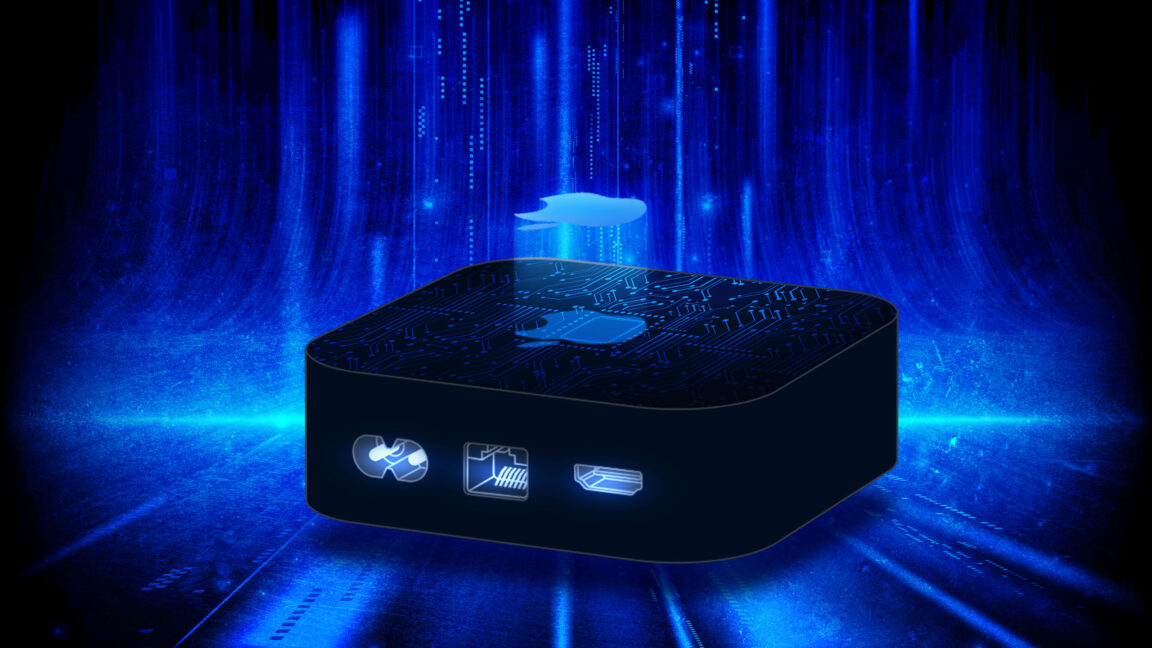Apple TVs running tvOS 14.5 and later also make third-party app tracking more difficult by requiring such apps to request permission before they can track users.
“If you choose Ask App Not to Track, the app developer can’t access the system advertising identifier (IDFA), which is often used to track,” Apple says. “The app is also not permitted to track your activity using other information that identifies you or your device, like your email address.”
Users can access the Apple TV settings and disable the ability of third-party apps to ask permission for tracking. However, Apple could further enhance privacy by enabling this setting by default.
The Apple TV also lets users control which apps can access the set-top box’s Bluetooth functionality, photos, music, and HomeKit data (if applicable), and the remote’s microphone.
“Apple’s primary business model isn’t dependent on selling targeted ads, so it has somewhat less incentive to harvest and monetize incredible amounts of your data,” said RJ Cross, director of the consumer privacy program at the Public Interest Research Group (PIRG). “I personally trust them more with my data than other tech companies.”
What if you share analytics data?
If you allow your Apple TV to share analytics data with Apple or app developers, that data won’t be personally identifiable, Apple says. Any collected personal data is “not logged at all, removed from reports before they’re sent to Apple, or protected by techniques, such as differential privacy,” Apple says.
Differential privacy, which injects noise into collected data, is one of the most common methods used for anonymizing data. In support documentation (PDF), Apple details its use of differential privacy:
The first step we take is to privatize the information using local differential privacy on the user’s device. The purpose of privatization is to assure that Apple’s servers don’t receive clear data. Device identifiers are removed from the data, and it is transmitted to Apple over an encrypted channel. The Apple analysis system ingests the differentially private contributions, dropping IP addresses and other metadata. The final stage is aggregation, where the privatized records are processed to compute the relevant statistics, and the aggregate statistics are then shared with relevant Apple teams. Both the ingestion and aggregation stages are performed in a restricted access environment so even the privatized data isn’t broadly accessible to Apple employees.
What if you use an Apple account with your Apple TV?
Another factor to consider is Apple’s privacy policy regarding Apple accounts, formerly Apple IDs.
Source link
#Breaking #Apple #TVs #privacy #advocates #goto #streaming #device











